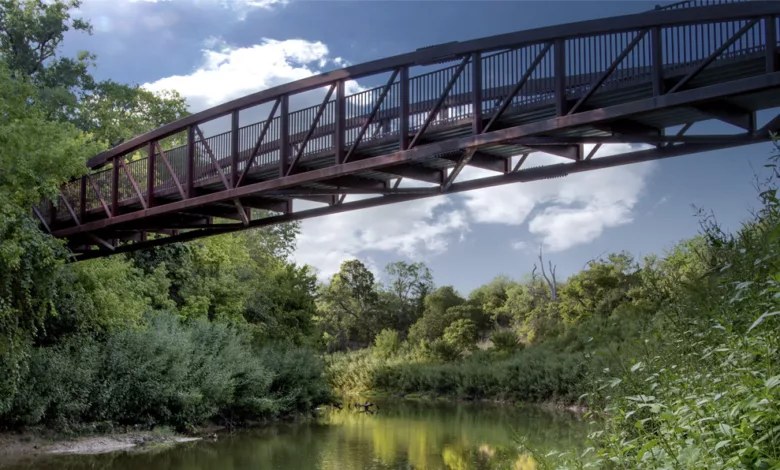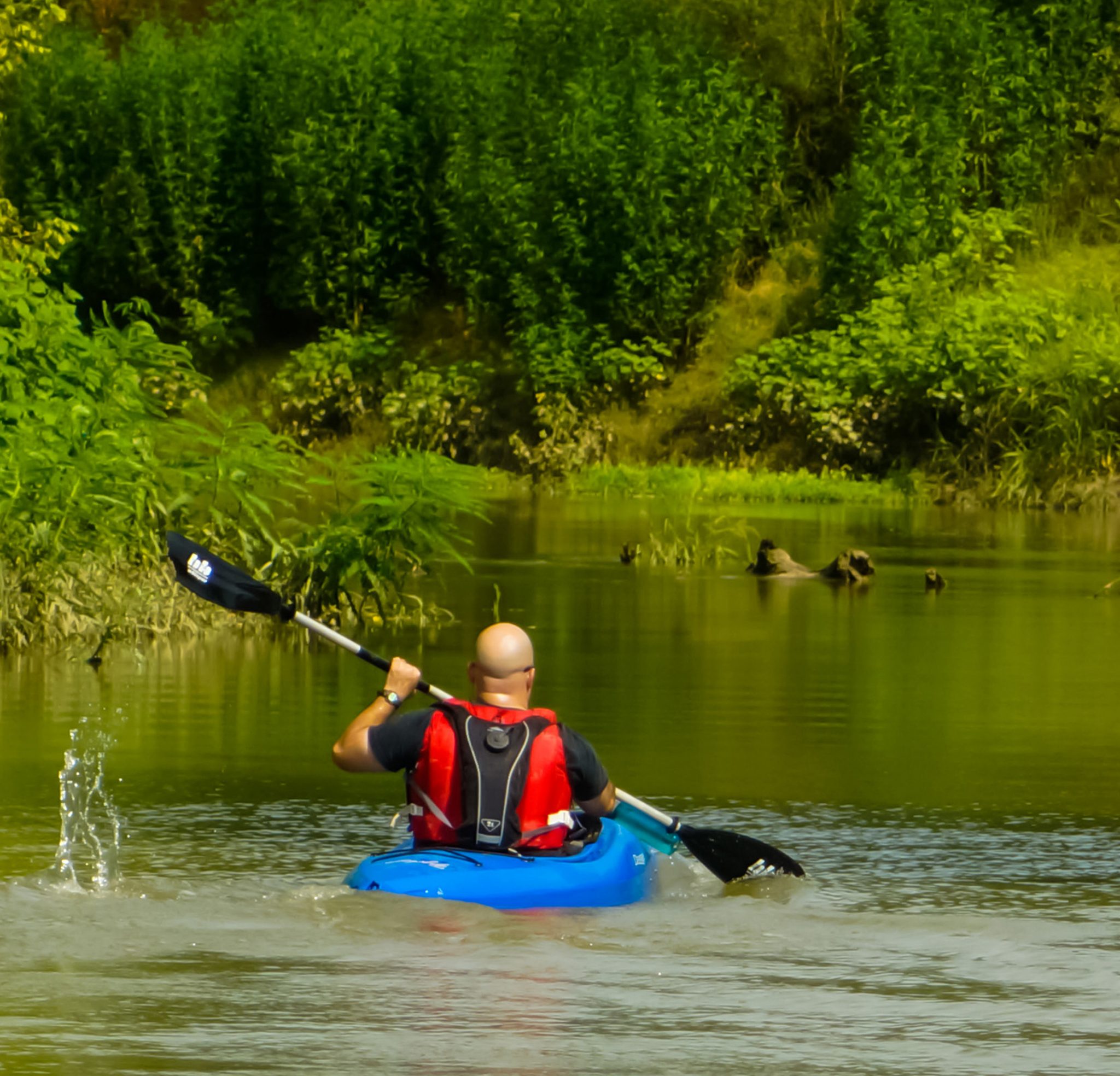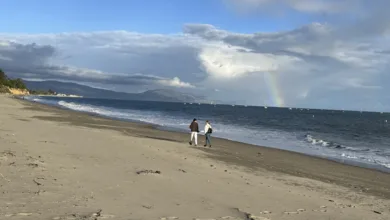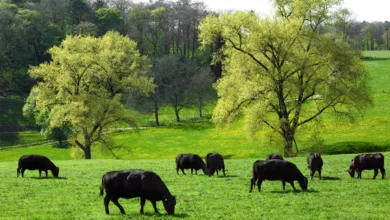Our River: Preserving the Trinity

This river — our river — drew us in, settled us down, aided us in our quest for survival, and provided a firm foundation upon which generation after generation would build, expand, and prosper.
This river has been a force to be reckoned with, an aspect of nature that could rise up with aggressive power but still meekly provide for those who chose to live near it in an otherwise hostile and somewhat uninhabitable area of North Texas.
Our river, the Trinity River, has a wide and varied history that is largely unknown to those of us who live within its watershed. It will most certainly play an integral role in shaping how we adapt to the future.
The importance of the Trinity River from both a natural and a cultural aspect cannot be ignored. The approximately 18,000 square miles and all or part of 38 counties encompassed within its watershed comprise an immense area that supports abundant wildlife.
Everything from the tiny Western mosquito fish to the mighty American alligator swims in its waters. Thousands of species of mammals, reptiles, and amphibians call the riparian zones along the four forks of the river home.

Approximately 400 different bird species utilize the river’s airspace in their annual migrations along the Central Flyway. Peering down, they can clearly see the river as it meanders south, carrying and eventually discharging about six million acre-feet of water into the Gulf of Mexico.
Along the way, our river traverses many different physiographic areas. It heads in the Cross Timbers, Grand Prairie, and Blackland Belt, flows through the Post Oak Belt and Piney Woods, and then continues through the Coastal plains on its way to the Gulf. There, it empties into Trinity Bay northeast of Galveston.
Of course, a river of this size must pass through much of humanity.
In North Texas alone, seven million people surround the Trinity River. It eventually skirts the east side of the Houston metropolitan area, the largest city in the state.
It is no coincidence our river runs along such inhabited areas. The founding of both Dallas and Fort Worth occurred because of the Trinity River: There were no natural lakes and very few springs to provide for any settlement. Our river provided easy and reliable access to water, and today, it is the thread connecting 22 reservoirs holding billions of gallons of life-giving water.
Traversing Texas from north to south, our river is the longest in the state. It is the only river in North Texas that has spurred the development of such immensely populated areas. It nourishes our insatiable need for water. It is the lifeblood of our megalopolis.

Because of its uniqueness, the Trinity River must be preserved. It is as simple as not polluting our waterway. You can join a river cleanup, donate to conservation groups that protect rivers, or spread the word that our river is important and necessary. We must always remember the past of our river, live in the present of our river, and protect the future of our river for generations to come.
This river, the Trinity River, is our river.





